Pest Control for Voles
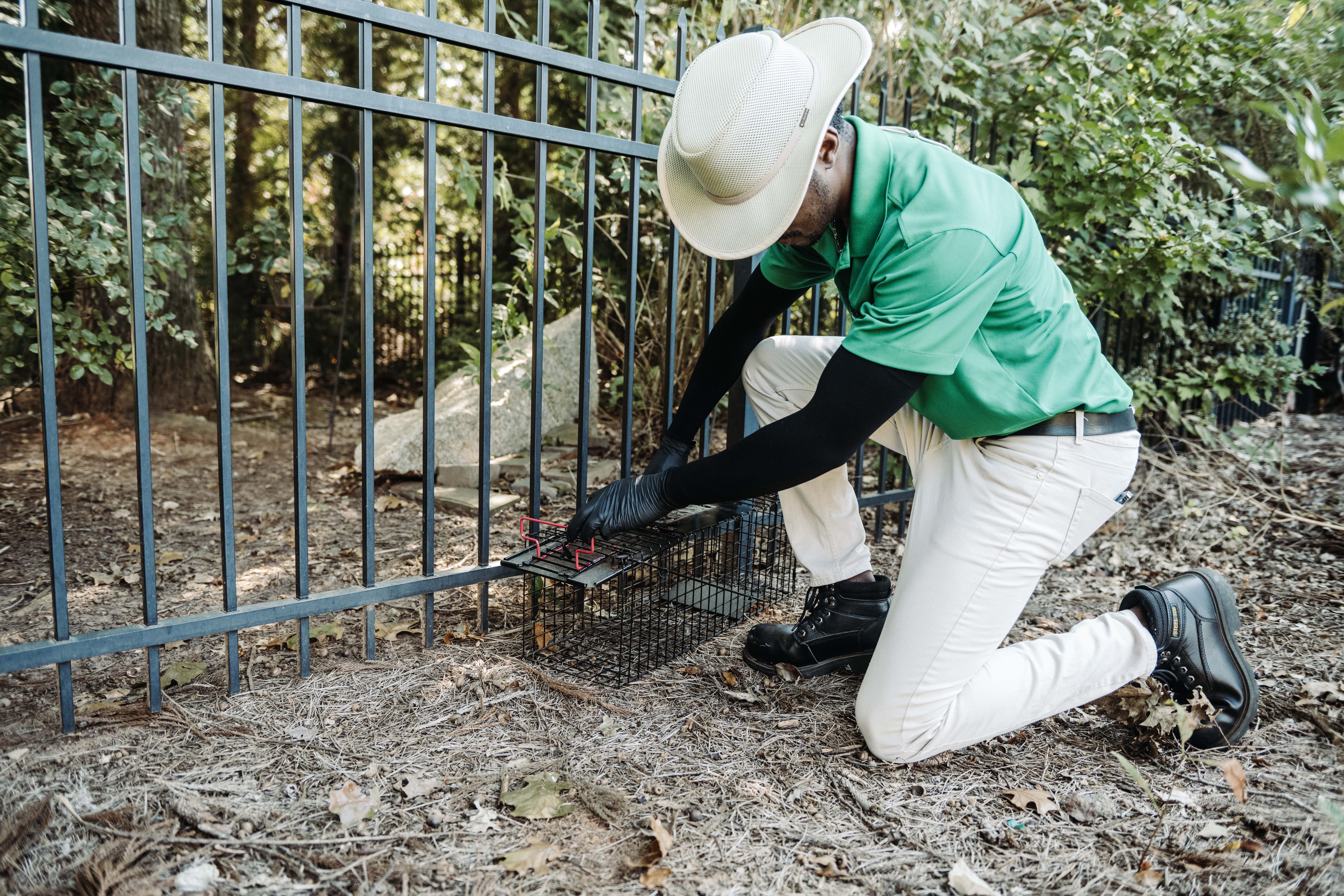
At Anticimex Carolinas, we recognize that voles, often confused with mice, can inflict considerable damage to your landscaping, gardens, and lawns across North and South Carolina. These stealthy rodents can cause significant destruction before you even notice they’re there. To safeguard your property from voles, it’s essential to understand their behavior, implement preventive measures, and consider effective treatment options if an infestation arises.
Get a Free Pest Control Quote
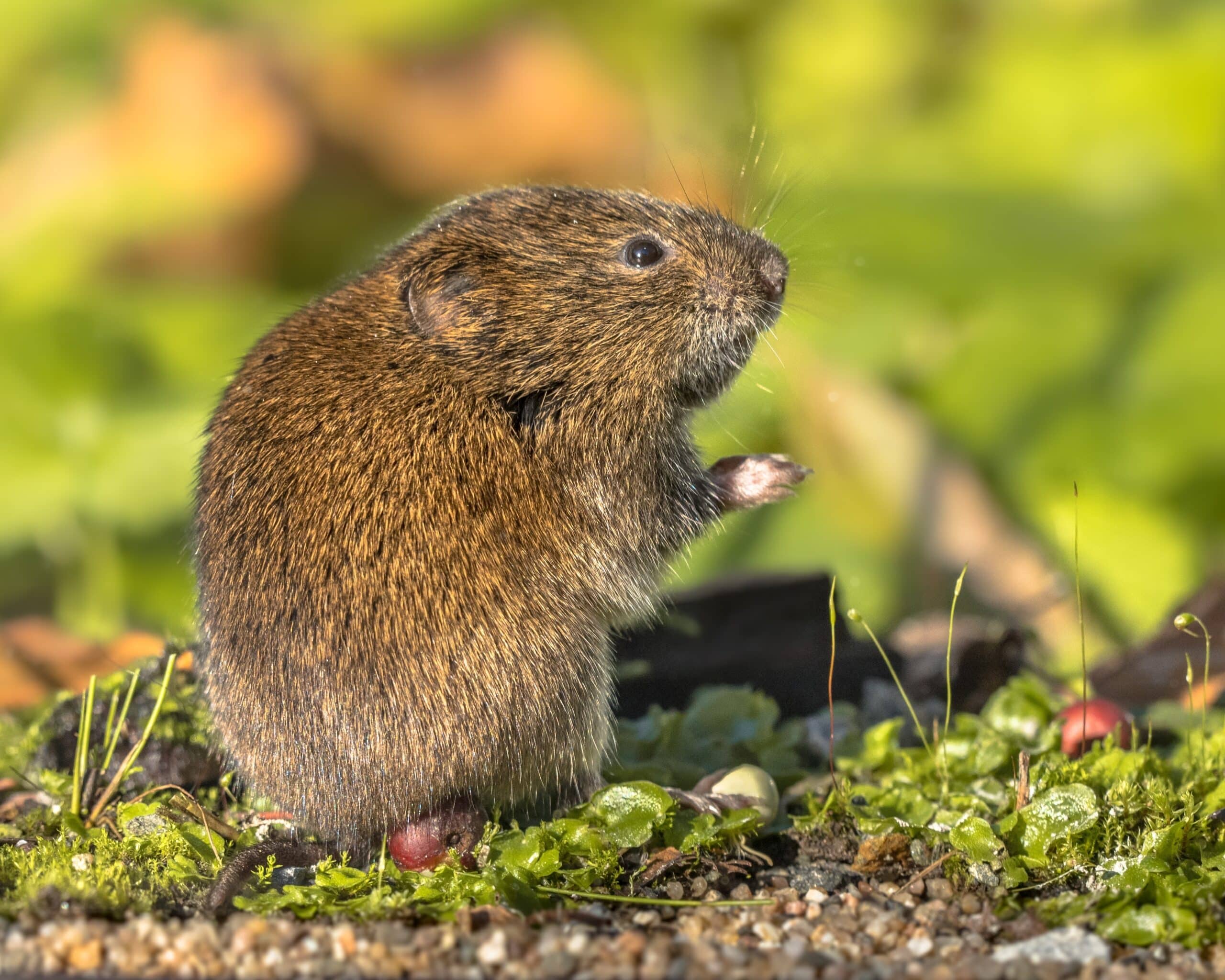
What Are Voles?
Commonly known as field mice, voles are small rodents native to North America, including our southern states. They primarily inhabit underground burrows and navigate through a complex network of tunnels, often favoring areas with lush grass or dense vegetation. Voles have a vegetarian diet, consuming plants, tree bark, grasses, fruits, and nuts. Understanding their eating habits is vital for effective control, particularly in selecting the right bait for trapping.
How Do I Identify Voles?
Voles resemble small hamsters but have shorter tails and stockier bodies, usually measuring 5 to 7 inches long. Because they are quick and secretive, identifying them often begins with spotting the damage they leave behind. Common signs include gnawed bark at the base of trees, shallow surface tunnels, small holes in the yard about 1 to 2 inches wide, and wilted or easily uprooted plants—evidence of damage to roots.
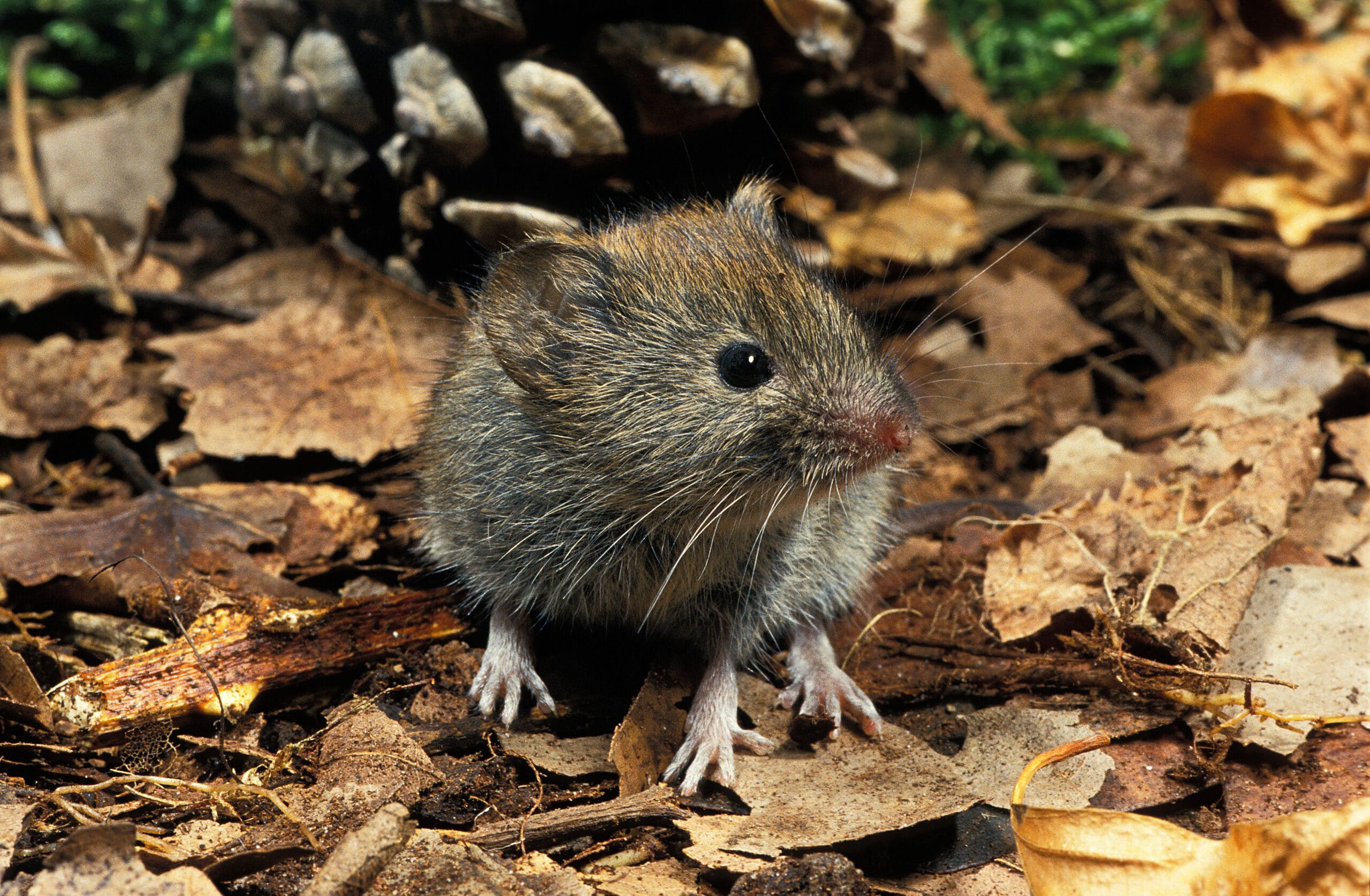
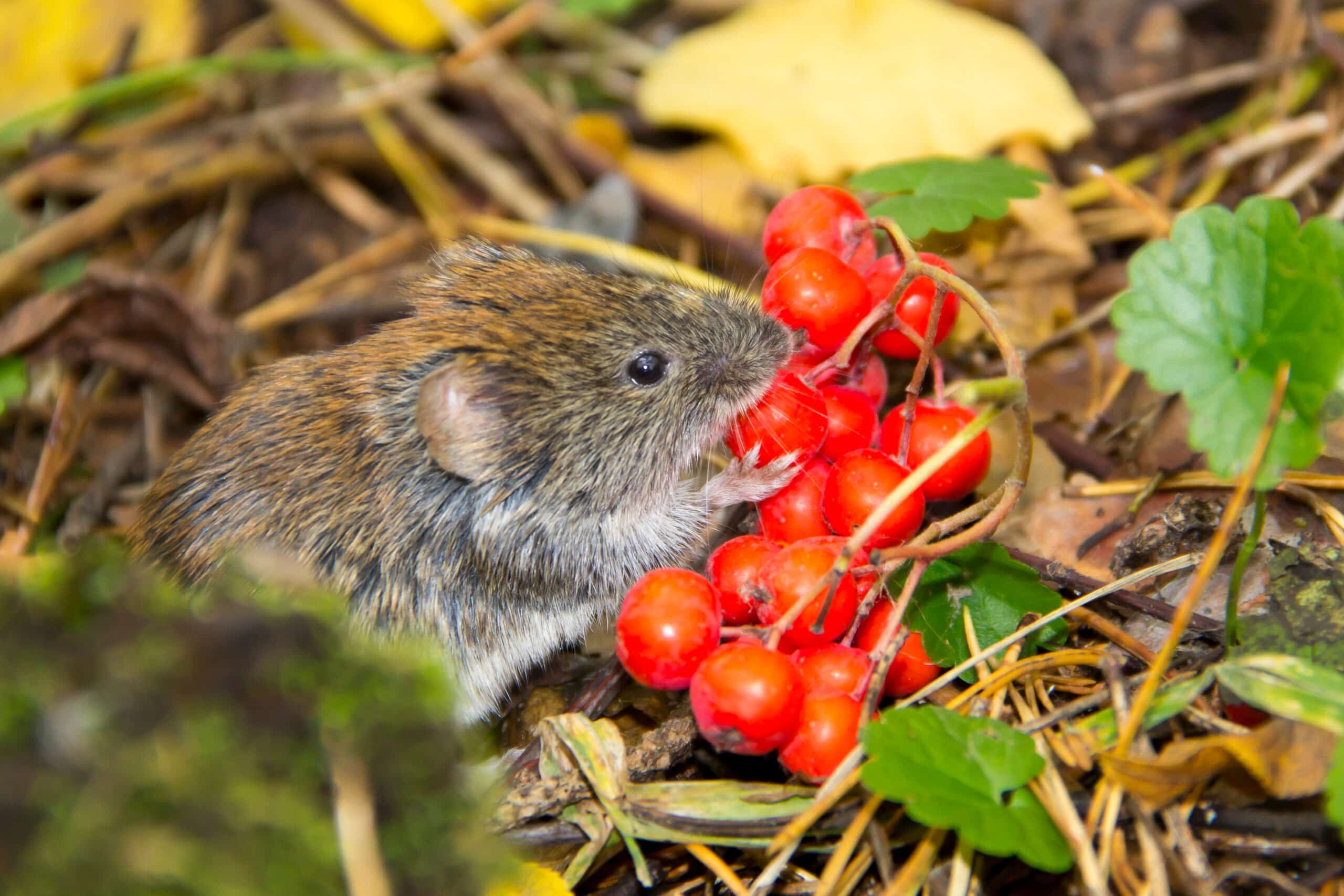
Why Do I Have Voles?
Voles thrive in gardens and fields, drawn by abundant vegetation and underground shelter. They tunnel through soil, creating intricate burrows that provide protection from predators. Their presence can become problematic when they feed on plant roots, damaging crops and landscaping. Once voles establish a burrow system in an area with ample food, they are likely to remain and reproduce.
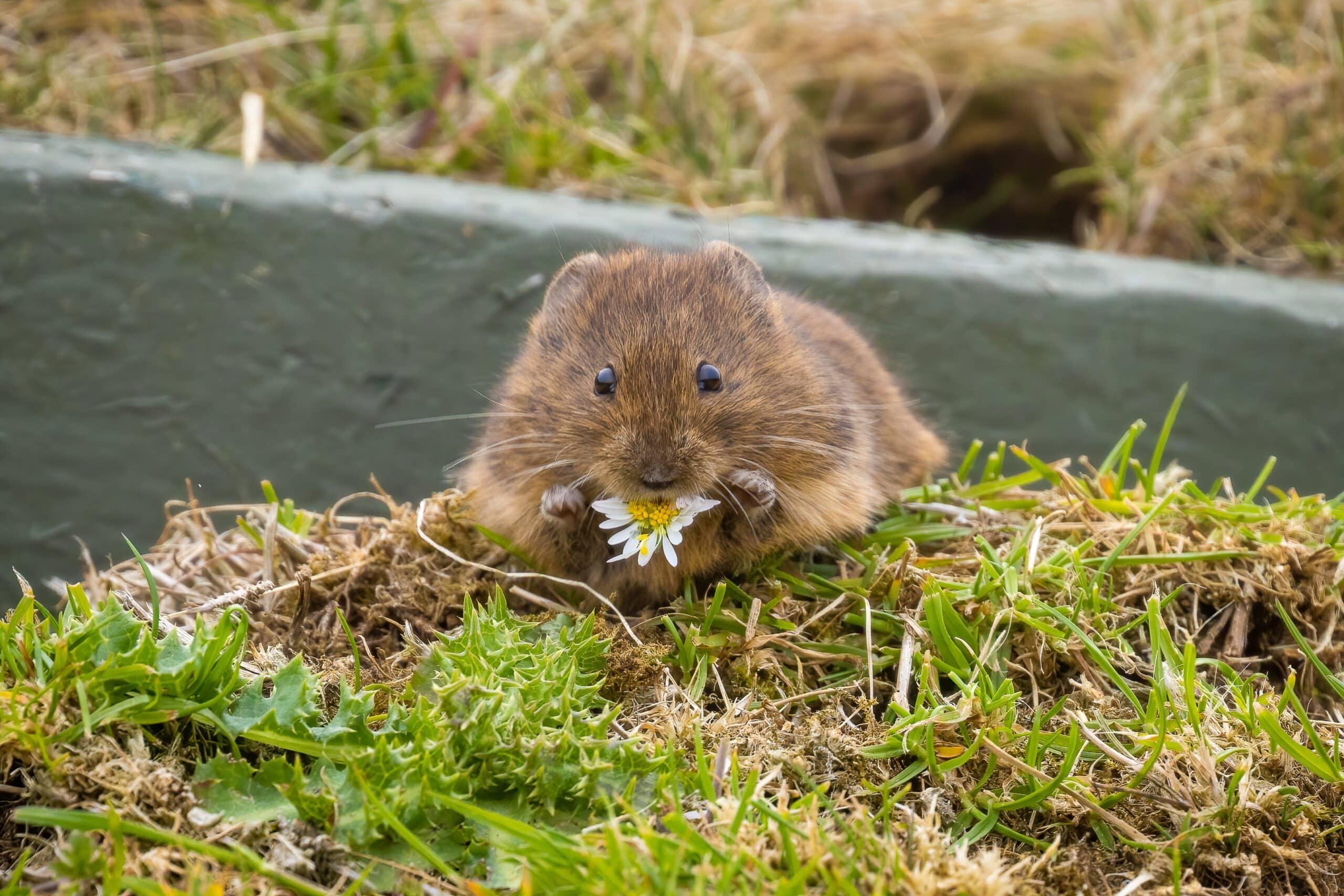
What Are the Effects of Voles in and Around My Home or Business?
Despite their small size, voles can wreak havoc on landscapes and gardens if not properly controlled. Their constant foraging damages tree bark and root systems, creates surface runways that kill grass and accumulate droppings, and leads to the destruction of plants, crops, and gardens. Additionally, their presence can attract larger predators such as coyotes, foxes, and raccoons, further complicating pest control efforts. Implementing effective vole management strategies is essential to protect your property and maintain a healthy outdoor environment.
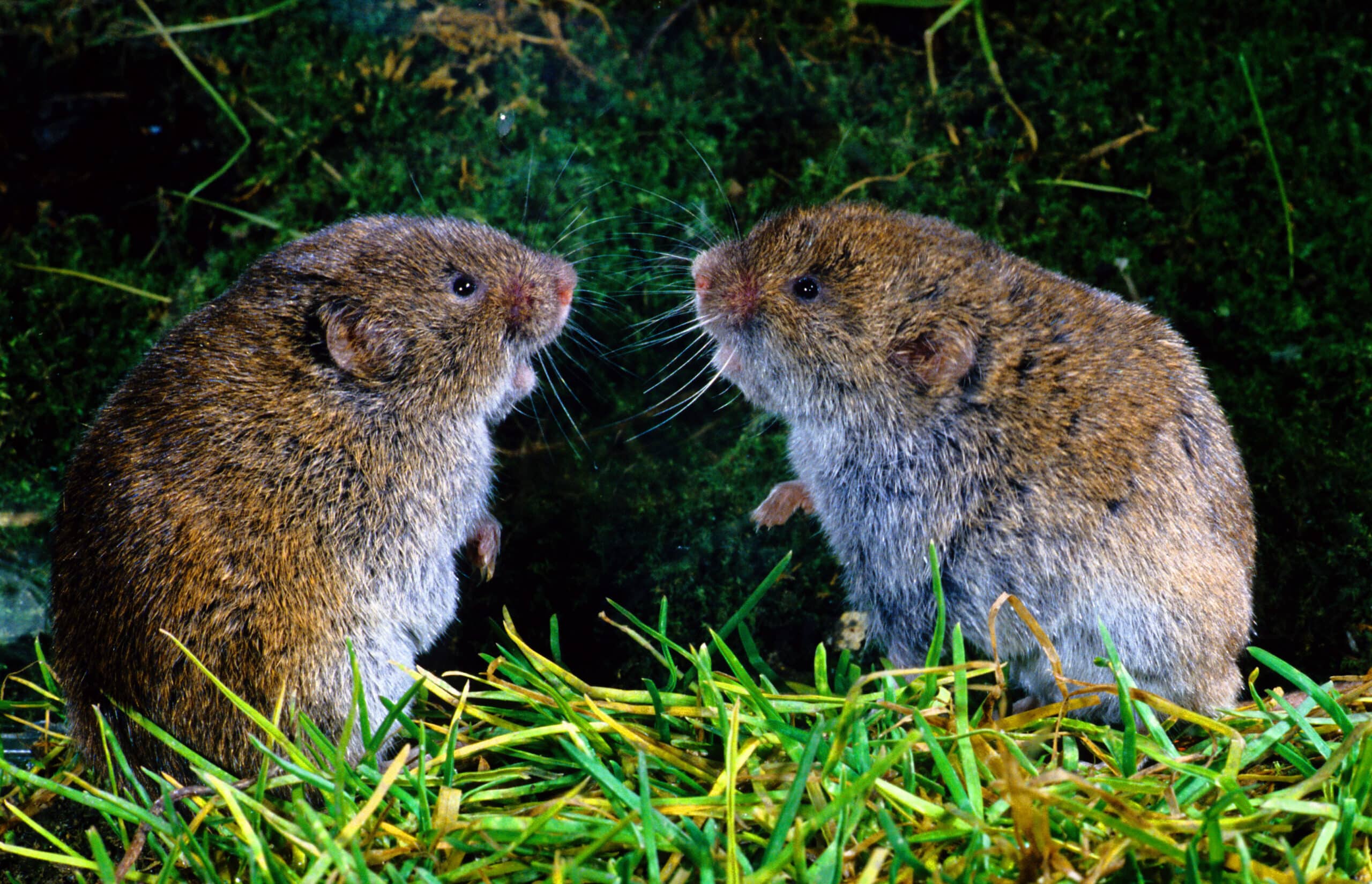
How Long Do Voles Live?
In the wild, voles typically live between 3-6 months, though some species can survive up to a year under favorable conditions. Their short lifespan is balanced by their rapid reproduction rate—voles can begin breeding at just a few weeks old and typically have multiple litters each year, with each litter containing three to six pups. This high reproductive capacity can lead to explosive population growth, making voles a serious concern for homeowners and farmers if not properly managed.
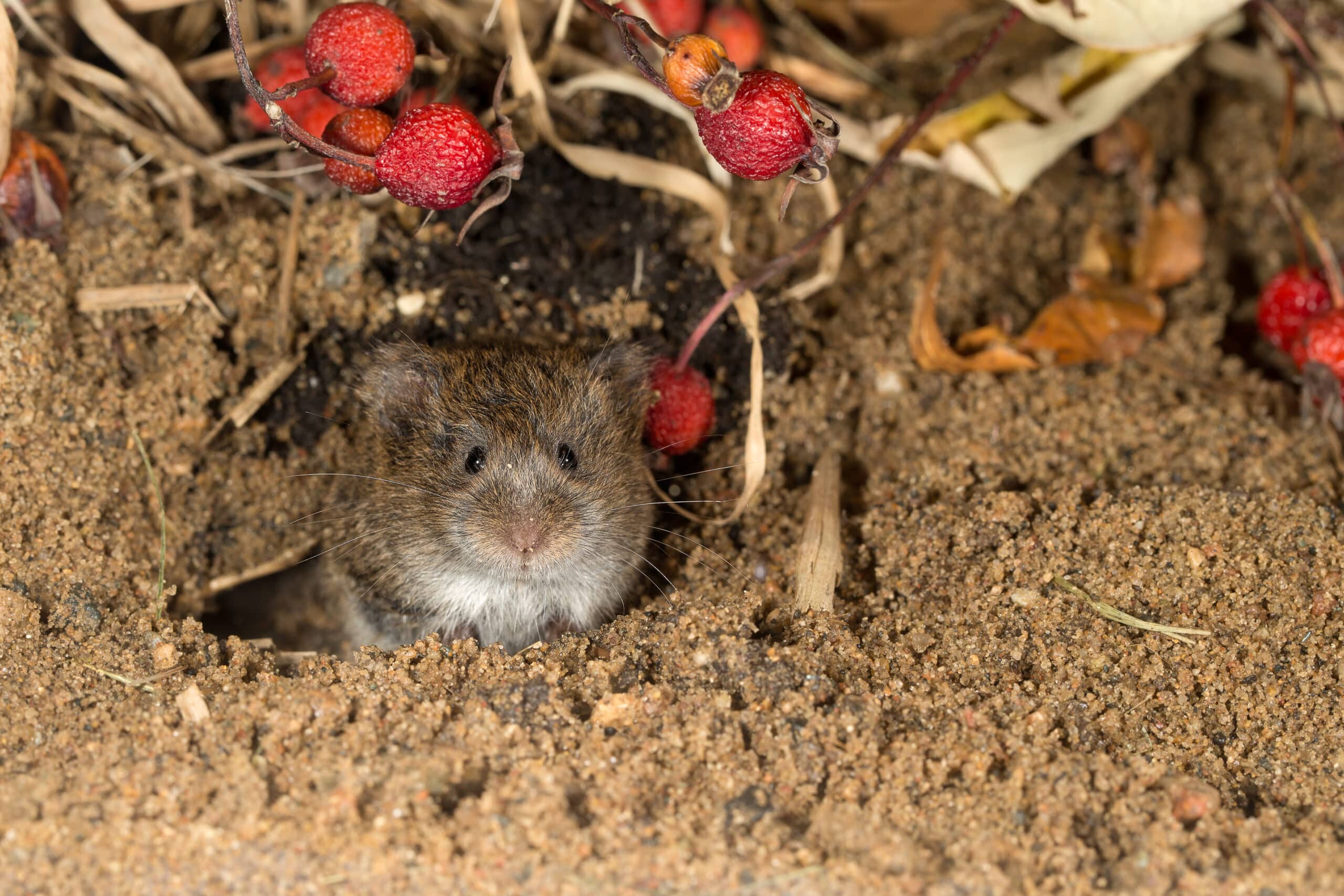
How Do I Prevent Voles?
To effectively prevent and control vole populations, it’s best to consult pest control professionals. However, homeowners and business owners can take proactive measures to minimize the risk of infestations. Keeping grass, brush, and weeds well-trimmed helps eliminate potential hiding spots, while installing fencing around vulnerable areas such as tree bases and gardens provides an additional layer of protection. Removing woodpiles and other clutter can also prevent voles from establishing nests in concealed areas. For expert guidance and customized solutions, reaching out to the professionals at Anticimex Carolinas ensures a proactive approach to vole management.
Protecting Your Home or Business from Voles with Anticimex Carolinas

Anticimex Carolinas offers professional services designed to effectively manage and prevent pest issues, including voles, in North and South Carolina. Our Integrated Pest Management (IPM) approach emphasizes identifying the root causes of pest problems and implementing targeted solutions that minimize risks to your health, pets, and the environment.
